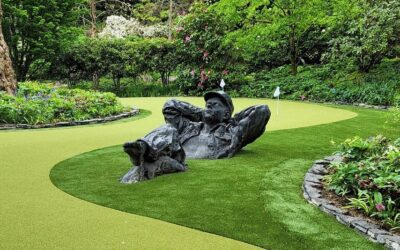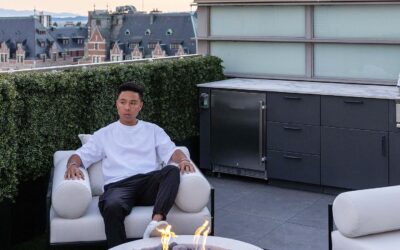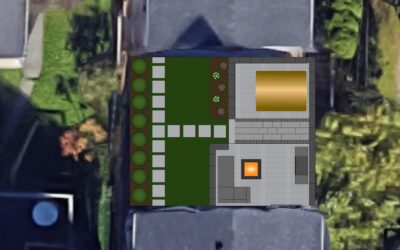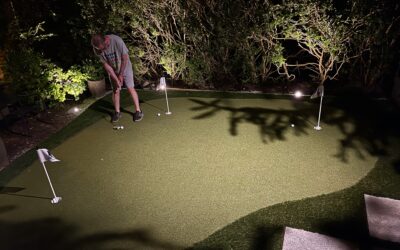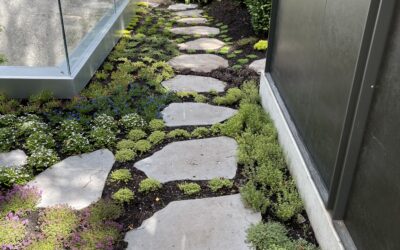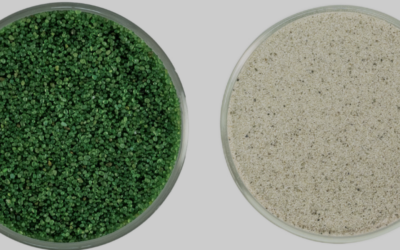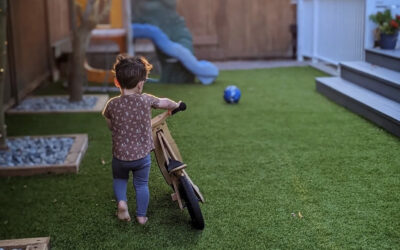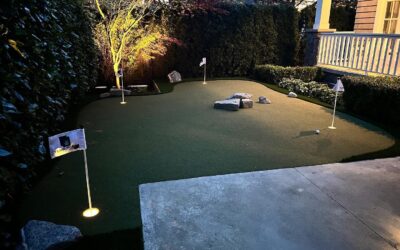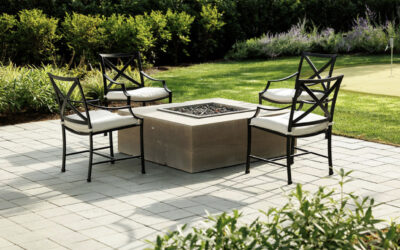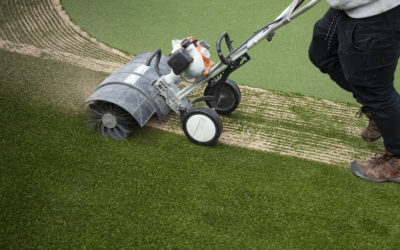Especially with all the rain, we get in Vancouver, drainage is perhaps the most important element of the installation process and a topic that we get many questions about. For no apparent reason, the City of Vancouver has deemed Artificial Grass to be an “impermeable surface” which is completely false, so let’s clear up the confusion…
Any type of Artificial Grass designed for outdoor use will have perforated drainage holes throughout the backing of the turf. Artificial grass actually drains significantly quicker than natural grass, and many people make the switch to eliminate backyard drainage issues. The key to good drainage is in the sub-base underneath your turf. In Vancouver we use what’s called “Road Base”, which is a combination of ¾” drain rock and rock dust. The industry standard is to build a 4” deep base layer, however, some areas will have a more compact sub-base (like clay for example), and some yards will have problematic drainage areas where the water tends to pool after heavy rain. In these special cases, we actually need to dig a little deeper so we can add a couple of extra inches of base material to promote water flow. After hundreds of turf installations, we have only had one drainage issue (the yard was basically a swamp), and we were able to fix it. So the short answer is yes, Artificial Grass is fully permeable (despite what the C.O.V. thinks), as long as the aggregate drainage base has been constructed properly. The only time it will not drain efficiently is if you just slap it down on top of your dead grass (which we have unfortunately seen a handful of times.)
When it comes to Artificial putting greens, the drainage system is a little different than with landscape grass. Putting green turf does not have drainage holes in the backing as this would diminish performance, but rather the water trickles off the edges. This places even more importance on the base construction. The standard for backyard putting greens in Vancouver is to use 5 to 6 inches of base materials with a thin layer of rock dust on top for contouring. Compaction is extremely important so that the base does not settle over time, so we compact the base at least 4 times throughout the process. When it comes to contouring the green, it’s important to have some kind of subtle slope or drainage channel. Whichever contractor ends up installing your green, make sure they have not created a “bowl shape” in the green where the water will collect!
The drainage base of a turf installation is like the engine of a car. It’s not visible on the surface, but the better the engine, the better the performance. Artificial grass is fully permeable when installed correctly, but the last thing you want is to have someone taking a shortcut on your base construction. As long as you choose a reputable contractor who doesn’t try to undercut, you have nothing to worry about and your turf will drain just fine!
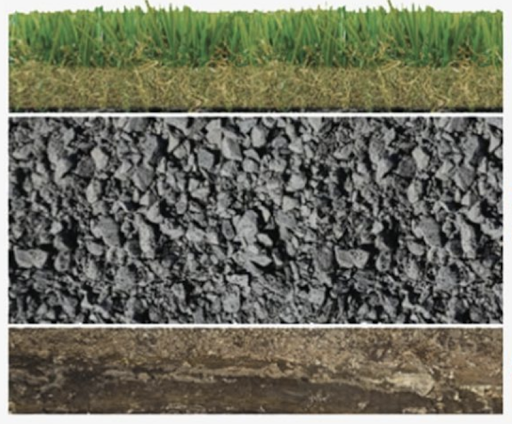
This base model diagram shows the artificial grass installed on top of ~4” of compacted road base, which allows for optimal drainage into the soil sub-base. Check out the video linked in this article for more details.

